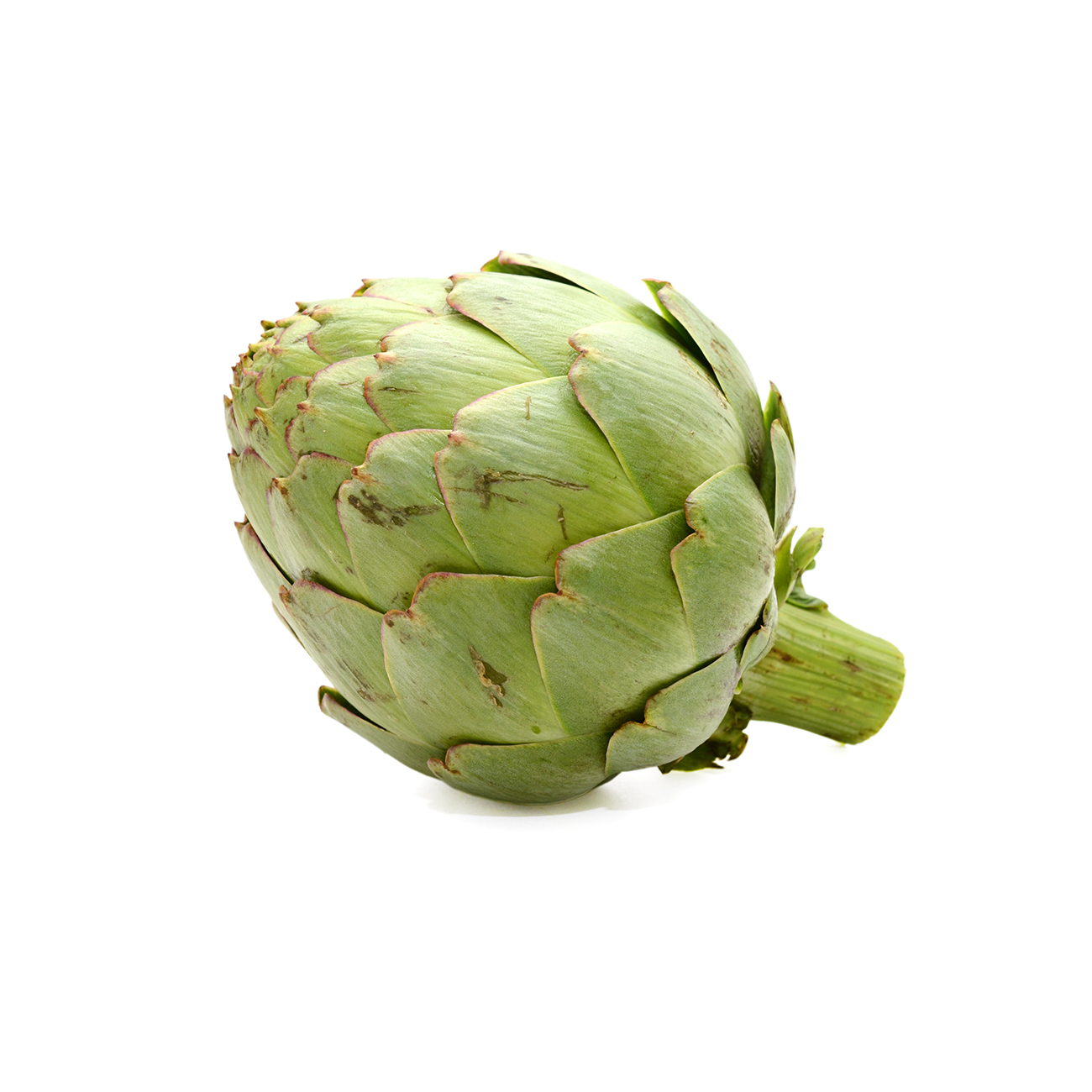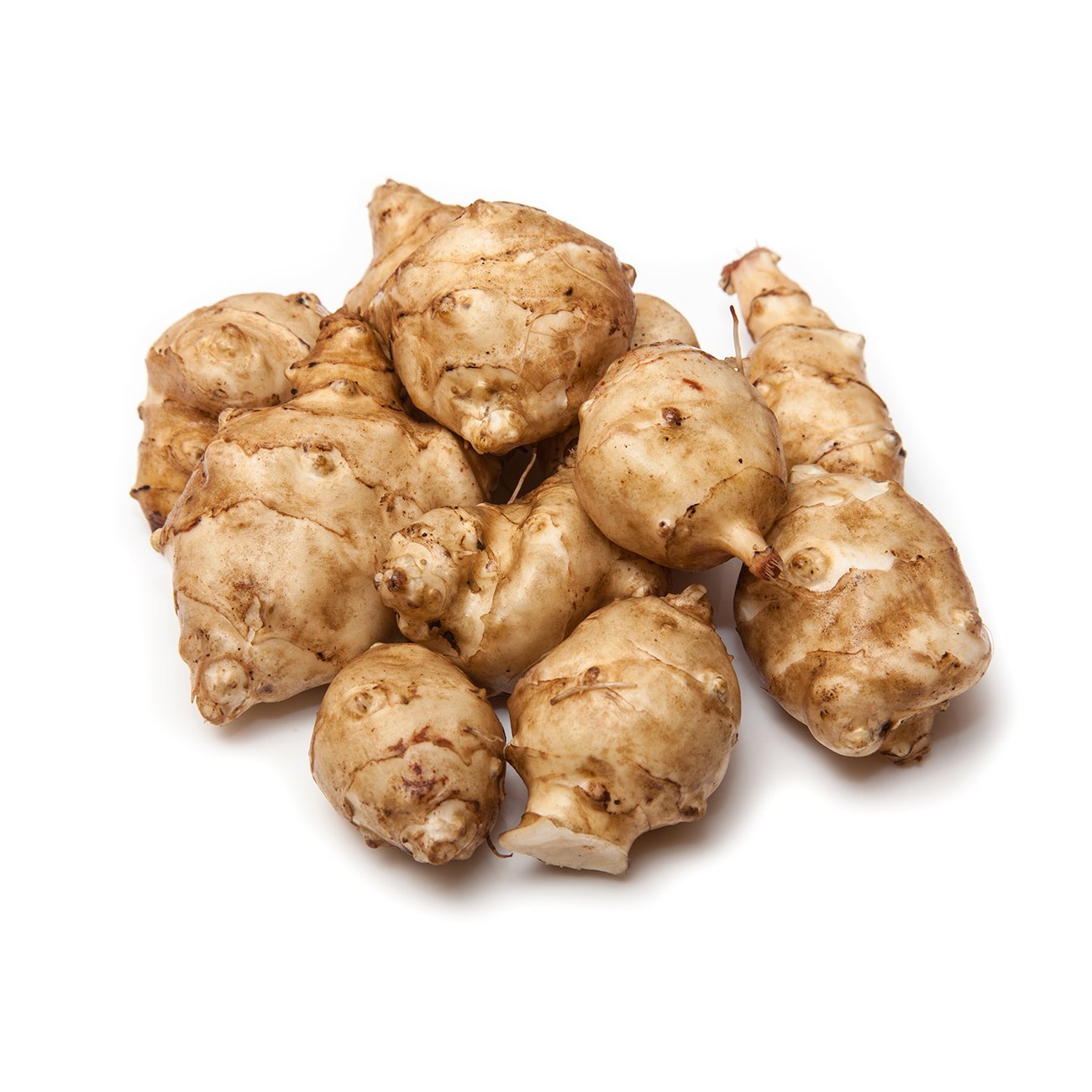Artichokes, globe
Tender and nutty once cooked, with plump leaves and a layered centre.
Alternative Name
French artichoke
Scientific Name
Cynara scolymus
Health benefits
The globe artichoke is the flower bud of a large thistle. It has spine-tipped leaves, with edible bases and an edible heart. Make sure to remove the leaves and scoop out the fuzzy hair covering the heart before consuming.
-
Harvesting
At harvest, globe artichokes should be green in colour with compact, well-formed buds. Cut stems smoothly about 2.5–3.8cm below the base.Postharvest storage temperature
Hydrocooling, forced-air cooling and package-icing are common methods of postharvest cooling for artichokes.Controlled atmosphere storage
Controlled or modified atmospheres offer moderate to little benefit to sustaining artichoke quality. Conditions of 2-3% O2 and 3-5% CO2 delay discolouration of bracts and the onset of decay by a few days at temperatures around 5°C. Atmospheres below 2% O2 may result in internal blackening.Ethylene sensitivity
Artichokes have a low sensitivity to exogenous ethylene, so it is not a factor in postharvest handling and distribution.Humidity storage
Globe artichokes should be stored at >95% relative humidity.Disease & infection
Grey mould and bacterial soft rot may appear in storage and distribution if optimum temperature conditions are not met. -
Peel, remove outer and remove core before use. Best kept refrigerated in a perforated plastic bag.

You might also like
Veggy tip
Remove thorny leaftips, then cut off top inch of artichoke. Peel and discard small petals at base, and trim stem. After cooking, eat petal flesh, discard choke and eat heart.


